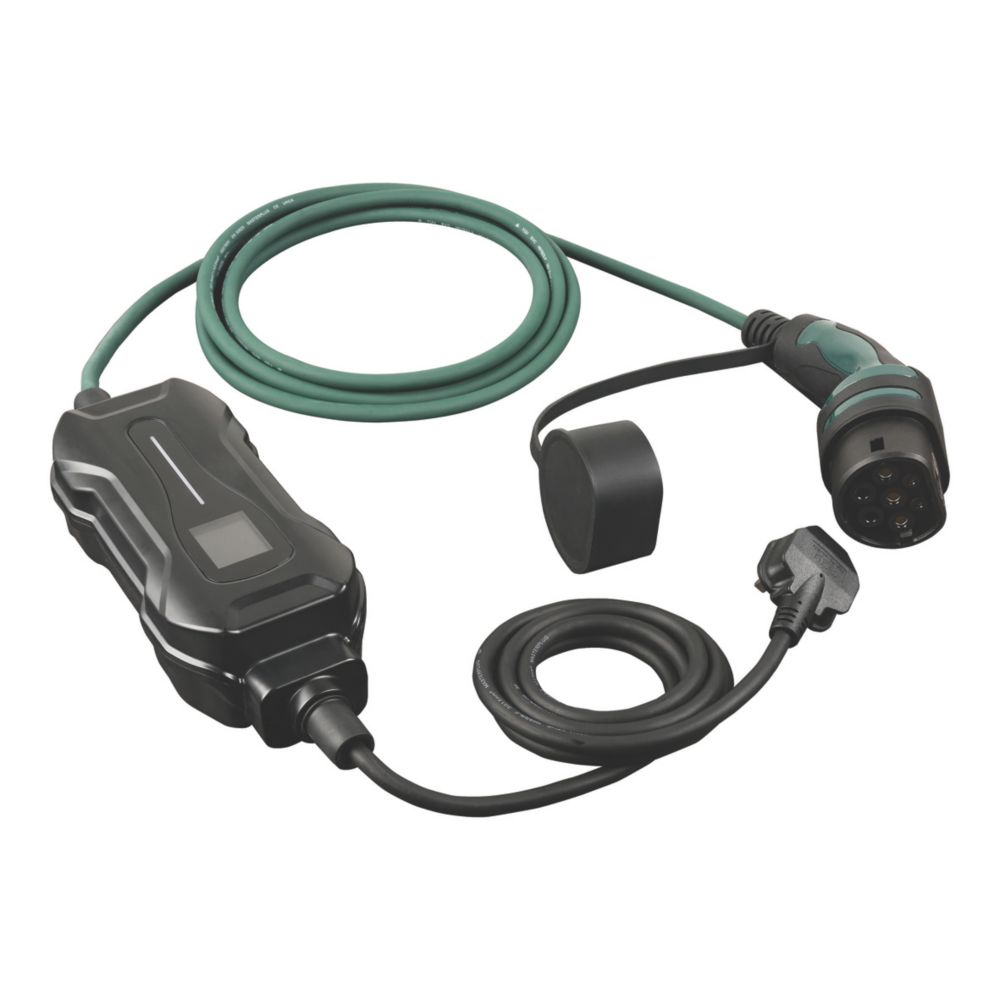There are three types of AC charging, mode 1, mode 2 and mode 3.
In mode 1, the car is connected directly to a domestic AC outlet. The car draws a limited current so it isn’t going to overload the supply but at the same time the low current means it charges slowly and so this arrangement limits the practical capacity of the battery.
To get over this problem, there needs to be a way for cars to draw high current from supplies that can provide it but reduce the current they draw from low power supplies. In other words, the supply needs to be able to tell the car what it can safely draw. Enter the EVSE (electric vehicle supply equipment), which is a box that knows the capacity of the supply and can communicate this to the car. The car always controls how much current it draws but it won’t draw more than the EVSE tells it the supply can handle.
To allow a car to be charged from a domestic outlet, you have a mode 2 device, which has a domestic plug wired to a box that can communicate with the car. Mode 2 is the proper name for granny chargers.
Alternatively, you can put in a decent sized supply wired directly to the EVSE communication box and stuck on the wall with either a charging socket or a cable to connected to the car. That’s mode 3.








